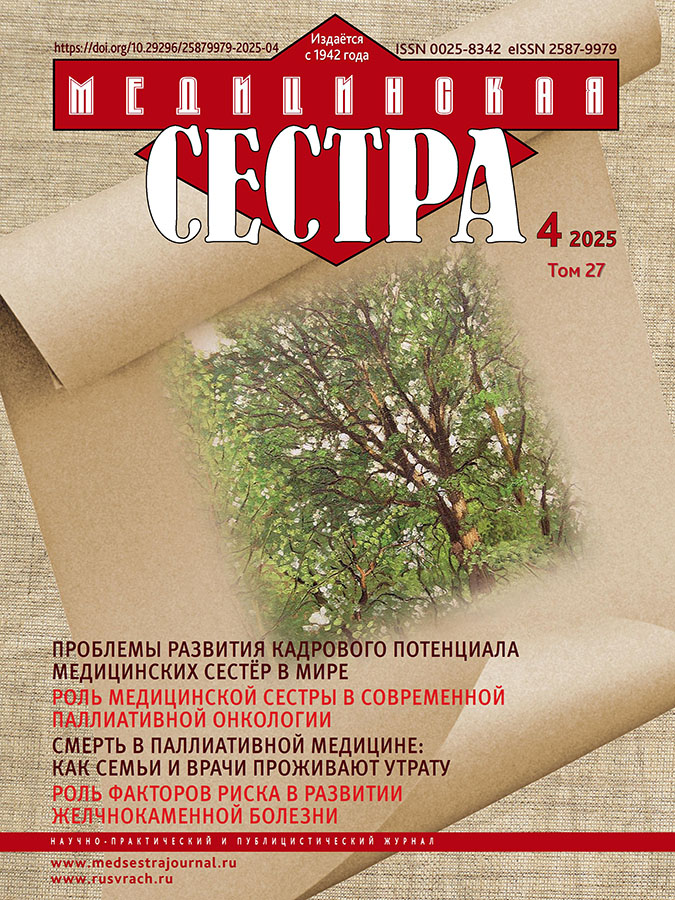Basic cardiopulmonary resuscitation: analysis of the knowledge of the megalopolis population
- 作者: Stanishevsky A.L.1, Sokolov Y.A.2, Matveychik T.V.2
-
隶属关系:
- Institute of Advanced Training and Retraining of Healthcare Personnel of Educational Institution «Belarusian State Medical University»
- Belarusian State Medical University
- 期: 卷 27, 编号 4 (2025)
- 页面: 33-37
- 栏目: International Experience
- URL: https://journals.eco-vector.com/0025-8342/article/view/685153
- DOI: https://doi.org/10.29296/25879979-2025-04-08
- ID: 685153
如何引用文章
详细
A key activity for saving life at out-of-hospital cardiac arrest is cardiopulmonary resuscitation (CPR) at the scene by a random bystander. In order to plan measures aimed at improving the effectiveness of first aid (FA) and decreasing the number of unfavorable outcomes, it is necessary to have a clear understanding of the degree of readiness of the population for CPR and its determining factors.
The article presents the results of analysis of Minsk population level of knowledge of the basic CPR protocol, its determining factors and respondents' opinions on priority measures to improve the quality of theoretical knowledge and practical skills in carrying out CPR.
Principle directions of improving the existing FA-training system for the population should include: full-fledged motivation of the population to be trained with FA, updating the regulatory framework and formation the national information and analytical system "First Aid".
全文:
作者简介
Alexander Stanishevsky
Institute of Advanced Training and Retraining of Healthcare Personnel of Educational Institution «Belarusian State Medical University»
编辑信件的主要联系方式.
Email: matveichik51@rambler.ru
ORCID iD: 0009-0001-8266-952X
SPIN 代码: 9261-7760
Senior Lecturer of Department of Emergency Medicine and Disaster Medicine
白俄罗斯, MinskYuri Sokolov
Belarusian State Medical University
Email: matveichik51@rambler.ru
ORCID iD: 0009-0003-9682-7909
SPIN 代码: 1212-0822
Candidate of Medical Sciences, Associate Professor, Vice-Rector for Academic Affairs
白俄罗斯, MinskTatyana Matveychik
Belarusian State Medical University
Email: matveichik51@rambler.ru
ORCID iD: 0009-0003-8846-6306
SPIN 代码: 3795-9498
Candidate of Medical Sciences, Associate Professor of the Department of Hygiene of Children and Adolescents
白俄罗斯, Minsk参考
- Perkins G.D., Handley A.J., Koster R.W. et al. European Resuscitation Council Guidelines for Resuscitation 2015: Section 2. Adult basic life support and automated external defibrillation. Resuscitation. 2015; 95: 81–99. https://doi.org/10.1016/j.resuscitation.2015.07.015.
- Kleinman M.E, Brennan E.E., Goldberger Z.D. et al. Part 5: Adult Basic Life Support and Cardiopulmonary Resuscitation Quality: 2015 American Heart Association Guidelines Update for Cardiopulmonary Resuscitation and Emergency Cardiovascular Care. Circulation. 2015; 132 (18. Suppl. 2): S414–S435. https://doi.org/10.1161/CIR.00000000000002593.
- Resolution of the Ministry of Health of the Republic of Belarus dated 08.23.2021 No. 99 "On approval of the clinical protocol "Provision of medical care to patients in life-critical conditions". Electronic resource: https://pravo.by/document/?guid=12551&p0=W22137288p. Access date: 11.11.2024 (In Russ.).
- Order of the Ministry of Health of the Republic of Belarus dated 04.14.2023 No. 527 "On improving the activities of the training center". Electronic resource: https://normativka.by/lib/document/123913. Access date: 11.11.2024 (In Russ.).
- Stanishevsky A.L., Sokolov Y.A., Sokolchik V.N., Senator V.V. Organizational and legal aspects of first aid: analysis of public awareness. Meditsinskie novosti. 2024; 7: 43–49.
- Stanishevsky A. L. Promising ways to raise public awareness of first aid rules. Emergency medical care. 2024; 25 (3): 27–33. https://doi.org/10.24884/2072-6716-2024-25-3-27-33.
- Birkun A. A., Gautam А. Dr. Google's advice on first aid: evaluation of the search engine's question-answering system responses to queries seeking help in health emergencies. Prehospital and disaster medicine. 2023; 38 (8): 345–351. https://doi.org/10.1017/S1049023X23000511.
- Kosova E.A., Redkokosh K.I., Birkun A.A. The concept of a multifunctional first aid service based on the content analysis of public web resources. Medical doctor and information technology. 2023; 2: 42–57. https://doi.org/10.25881/18110193_2023_2_42.
- Stanishevsky A.L. Population readiness for cardiopulmonary resuscitation: initiation factors, barriers and their predictors. Disaster Medicine. 2024; 3: 17–21. https://doi.org/10.33266/2070-1004-2024-3-17-21.
- Petryaykina E.E., Grigoriev K.I., Matveychik T.V., Vykhristyuk O.F. Practice of work of a nurse in organizing care for patients with diabetes mellitus: training programs “from innovation to quality of life” in the conditions of the Union State. Meditsinskaya sestra (The Nurse). 2024; 26 (3): 3–11. https://doi.org/10.29296/25879979-2024-03-01.
- Matveychik T.V., Soldatenko I.G., Levchuk S.A. Elements of digitalization in patient care at home in the activities of an assistant physician for outpatient care and a general practice nurse. Minsk: Kovcheg, 2023. 111 p. (In Russ.).
- Resolution of the Ministry of Education of the Republic of Belarus dated 30.05.2024 No. 62 "On approval of the curriculum of optional classes". Electronic resource: https://adu.by/images/2024/07/01/Vvedenie-v-med.pdf. Access date: 11.11.2024 (In Russ.).
补充文件










